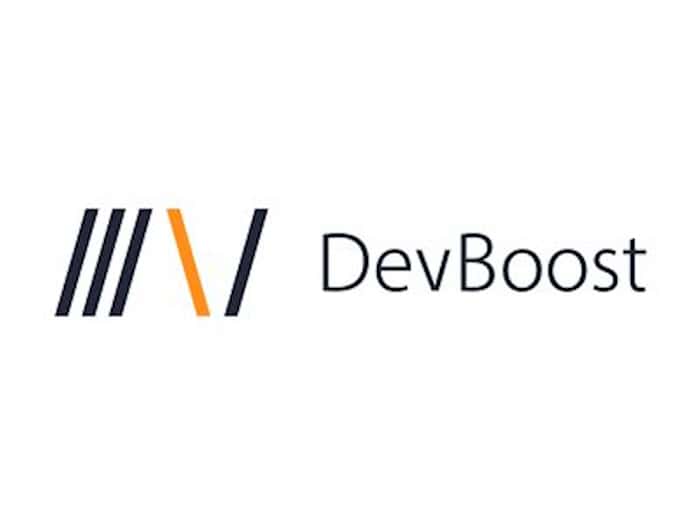
The dilemma: No time for innovation
“Innovation?! No, thank you. We’re too busy.” Unfortunately, this sentence is commonplace in many development teams. In an environment characterized by pressure to perform, it is essential to retain the freedom for creative thinking and new approaches. Innovation is often controlled from the outside, as customers “dictate” specific features. However, genuine, far-reaching product innovations are best created internally, from the core of the development team – i.e. directly by you software manufacturers.
The solution: create the time and space
In order to allow innovations to grow from within the team, motivation, personal responsibility and appropriate leadership are required. If such teams see it as their task to develop ideas and innovations together with customers, unique new features can emerge. Space and time must be created for this. Therefore, despite all external influences, you should make sure that the pressure to achieve short-term results does not permanently prevent long-term design.
Strategies for creating innovation spaces
Fostering innovation requires more than just the right attitude. Here are some practical steps you can take to give your team the space they need:
- Encourage innovative ideas: Communicate clearly that “crazy” ideas and new approaches are always welcome. Appreciate and support developers who approach you with new suggestions.
- Time for inspiration: Give your team regular time to inspire themselves free from daily pressure. Send your developers to conferences, have them take interesting online courses or discuss insights from podcasts and books as a team.
- Process integration: Make innovation part of your processes. For example, plan a fixed place for innovation in the backlog. Give your team a monthly time budget that they can use without a guilty conscience.
- Use the right formats: Think about which formats will help your team to get into free thinking (away from everyday restrictions). For example, try Fun Fridays or FedEx Days with your team. You could also do this at a different location than the meeting room in your office. Deliberately leave the topics to be worked on open. Don’t create any expectations in terms of immediately usable results.
- Internal knowledge exchange: Establish internal exchange formats in which developers can present their findings briefly and concisely. This inspires others in the team and allows them to take these ideas further. As a positive side effect, the whole team practices condensing and presenting relevant information in this way.
- Out of the office routine: Book a vacation home away from your offices. Take your team there for a few days. Don’t take any everyday topics with you, but use the time to work together on a “future topic” for your product or a technology that everyone has wanted to try out.
- Understanding user problems: Make sure that all developers know exactly what user problems need to be solved. This promotes the development of domain and specialist knowledge in the team. If the developers know the customer’s problems and framework conditions well, it is easier for them to come up with alternative solutions.
- Direct user contact: Establish regular meetings where your teams have contact with users. These can be joint workshops or dedicated customer interviews. Plan joint hackathons to work together with your customers on innovative solutions.
Conclusion
These measures not only create space for innovation, but also the conditions for a committed and motivated team. If you succeed in creating time and space for new ideas, your customers will benefit noticeably.
Discover more ways to optimize your team
This was just one facet of moving your development team forward. If you want to learn more about how you can further improve software product development in your company, then our e-paper “Development Benchmark” is just the thing for you. In it, you will find comprehensive knowledge about the 9 success factors of software product development, supplemented by practical tips and recommendations for action as well as a self-check that you can use to evaluate the performance of your own software product development.
– – – – – –
Further links
👉 https://devboost.com
👉 E-paper “Development Benchmark”
Photo: pixabay




